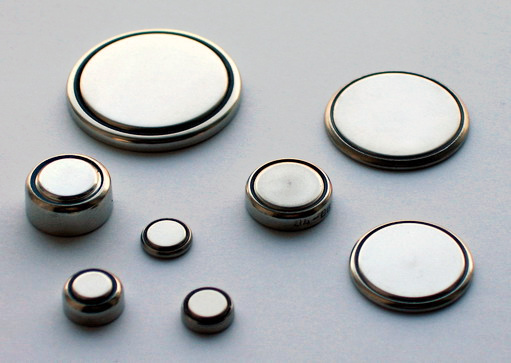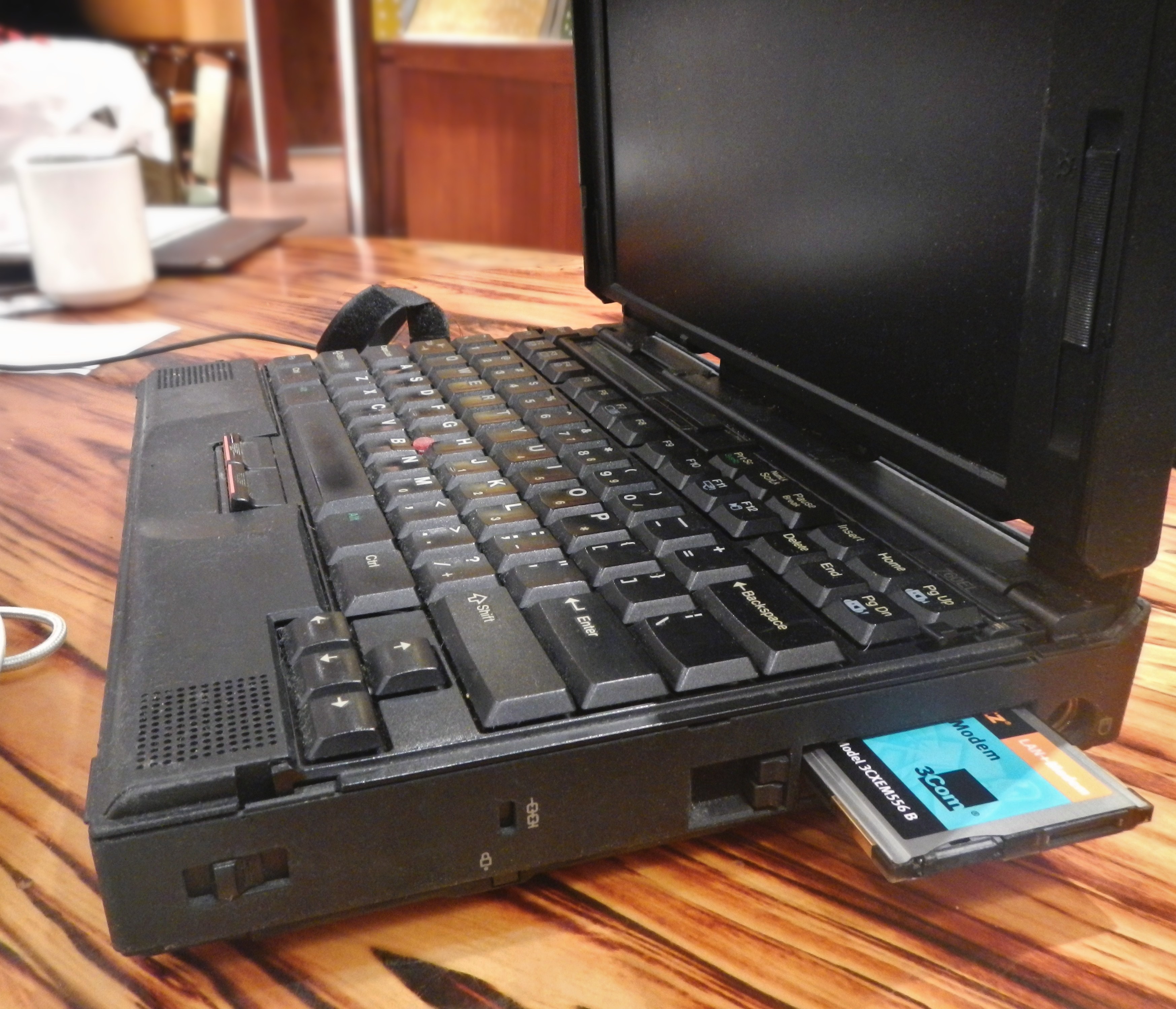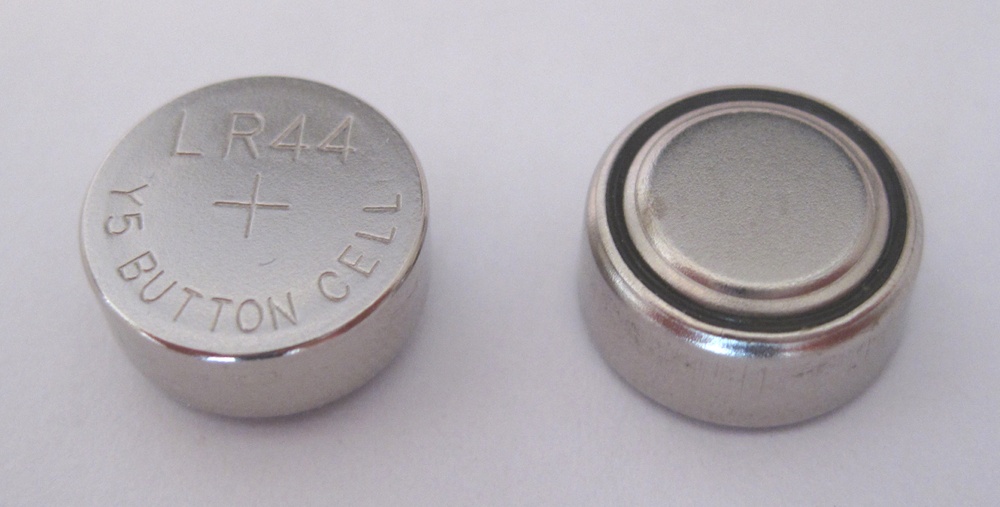|
HP 95LX
The HP 95LX Palmtop PC (F1000A, F1010A), also known as ''project Jaguar'', was Hewlett Packard's first MS-DOS-based pocket computer, or personal digital assistant, introduced in April 1991 in collaboration with Lotus Development Corporation. It can be seen as successor to a series of larger portable PCs like the HP 110 and HP 110 Plus. Hardware HP 95LX had an Intel 8088-clone NEC V20 CPU running at 5.37 MHz with an Intel Corporation System on a chip (SoC) device. It cannot be considered completely PC-compatible because of its quarter-CGA (MDA)-resolution LCD screen. The device also included a CR 2032 lithium coin cell for memory backup when the two AA main batteries ran out. For mass storage, HP 95LX had a single PCMCIA slot which could hold a static RAM card with its own CR 2025 back-up coin cell. An RS-232-compatible serial port was provided, as well as an infrared port for printing on compatible models of Hewlett Packard printers. Displa ... [...More Info...] [...Related Items...] OR: [Wikipedia] [Google] [Baidu] |
Hewlett-Packard
The Hewlett-Packard Company, commonly shortened to Hewlett-Packard ( ) or HP, was an American multinational information technology company headquartered in Palo Alto, California. HP developed and provided a wide variety of hardware components, as well as software and related services to consumers, small and medium-sized businesses ( SMBs), and large enterprises, including customers in the government, health, and education sectors. The company was founded in a one-car garage in Palo Alto by Bill Hewlett and David Packard in 1939, and initially produced a line of electronic test and measurement equipment. The HP Garage at 367 Addison Avenue is now designated an official California Historical Landmark, and is marked with a plaque calling it the "Birthplace of 'Silicon Valley'". The company won its first big contract in 1938 to provide test and measurement instruments for Walt Disney's production of the animated film ''Fantasia'', which allowed Hewlett and Packard to formally esta ... [...More Info...] [...Related Items...] OR: [Wikipedia] [Google] [Baidu] |
HP 110 Plus
The Hewlett-Packard HP 110 (aka HP Portable and HP 45710A) is an MS-DOS compatible portable computer released in 1984. It uses a Harris 80C86 running at 5.33 MHz with of RAM. It has an 80 character by 16 line monochrome () liquid crystal display, runs MS-DOS 2.11 in ROM, and has the application programs MemoMaker, Terminal Emulator and Lotus 1-2-3 in ROM. The LCD can be tilted for visibility, and can be folded down over the keyboard for transport, unlike computers such as the TRS-80 Model 100 which has the display in the same fixed plane as the keyboard. The HP 110 is similar to the Dulmont Magnum and the Sharp PC-5000, but all three computers were separately developed by their respective companies. At introduction it had a list price of . HP 110 Plus In 1985 the HP 110 Plus (aka HP Portable Plus and HP 45711A) was released with a higher-speed internal modem (1200 baud vs. 300 baud), more resident applications, reduced price, and ... [...More Info...] [...Related Items...] OR: [Wikipedia] [Google] [Baidu] |
Hewlett-Packard Company
The Hewlett-Packard Company, commonly shortened to Hewlett-Packard ( ) or HP, was an American multinational information technology company headquartered in Palo Alto, California. HP developed and provided a wide variety of hardware components, as well as software and related services to consumers, small and medium-sized businesses ( SMBs), and large enterprises, including customers in the government, health, and education sectors. The company was founded in a one-car garage in Palo Alto by Bill Hewlett and David Packard in 1939, and initially produced a line of electronic test and measurement equipment. The HP Garage at 367 Addison Avenue is now designated an official California Historical Landmark, and is marked with a plaque calling it the "Birthplace of 'Silicon Valley'". The company won its first big contract in 1938 to provide test and measurement instruments for Walt Disney's production of the animated film ''Fantasia'', which allowed Hewlett and Packard to formally esta ... [...More Info...] [...Related Items...] OR: [Wikipedia] [Google] [Baidu] |
Lotus International Character Set
The Lotus International Character Set (LICS) is a proprietary single-byte character encoding introduced in 1985 by Lotus Development Corporation. It is based on the 1983 DEC Multinational Character Set (MCS) for VT220 terminals. As such, LICS is also similar to two other descendants of MCS, the ECMA-94 character set of 1985 and the ISO 8859-1 (Latin-1) character set of 1987. LICS was first introduced as the character set of Lotus 1-2-3 Release 2 for DOS in 1985. It is also utilized by 2.01, 2.2, 2.3 and 2.4 as well as by Symphony. It was also utilized in a number of third-party spreadsheet products emulating the file format. LICS was superseded by the Lotus Multi-Byte Character Set (LMBCS) introduced by Lotus 1-2-3 Release 3 in 1989. Character set Codepoints 20hex (32) to 7Fhex (127) are identical to ASCII (as well as to LMBCS). For some characters the table also lists dedicated Lotus 1-2-3 compose key sequences to ease character input beyond the Alt Numpad input method. ... [...More Info...] [...Related Items...] OR: [Wikipedia] [Google] [Baidu] |
Code Page 850
Code page 850 (CCSID 850) (also known as CP 850, IBM 00850, OEM 850, DOS Latin 1) is a code page used under DOS and Psion's EPOC16 operating systems in Western Europe. Depending on the country setting and system configuration, code page 850 is the primary code page and default OEM code page in many countries, including various English-speaking locales (e.g. in the United Kingdom, Ireland, and Canada), whilst other English-speaking locales (like the United States) default to use the hardware code page 437. Code page 850 differs from code page 437 in that many of the box-drawing characters, Greek letters, and various symbols were replaced with additional Latin letters with diacritics, thus greatly improving support for Western European languages (all characters from ISO 8859-1 are included). At the same time, the changes frequently caused display glitches with programs that made use of the box-drawing characters to display a GUI-like surface in text mode. In 1998, code page 8 ... [...More Info...] [...Related Items...] OR: [Wikipedia] [Google] [Baidu] |
Code Page 437
Code page 437 (CCSID 437) is the character set of the original IBM PC (personal computer). It is also known as CP437, OEM-US, OEM 437, PC-8, or DOS Latin US. The set includes all printable ASCII characters as well as some accented letters (diacritics), Greek letters, icons, and line-drawing symbols. It is sometimes referred to as the "OEM font" or "high ASCII", or as "extended ASCII" (one of many mutually incompatible ASCII extensions). This character set remains the primary set in the core of any EGA and VGA-compatible graphics card. As such, text shown when a PC reboots, before fonts can be loaded and rendered, is typically rendered using this character set. Many file formats developed at the time of the IBM PC are based on code page 437 as well. Display adapters The original IBM PC contained this font as a 9×14 pixels-per-character font stored in the ROM of the IBM Monochrome Display Adapter (MDA) and an 8×8 pixels-per-character font of the Color Graphics Adapter ( CGA) ca ... [...More Info...] [...Related Items...] OR: [Wikipedia] [Google] [Baidu] |
Hardware Code Page
In computing, a hardware code page (HWCP) refers to a code page supported natively by a hardware device such as a display adapter or printer. The glyphs to present the characters are stored in the alphanumeric character generator's resident read-only memory (like ROM or flash) and are thus not user-changeable. They are available for use by the system without having to load any font definitions into the device first. Startup messages issued by a PC's System BIOS or displayed by an operating system before initializing its own code page switching logic and font management and before switching to graphics mode are displayed in a computer's default hardware code page. Code page assignments In North American IBM-compatible PCs, the hardware code page of the display adapter is typically code page 437. However, various portable machines as well as (Eastern) European, Arabic, Middle Eastern and Asian PCs used a number of other code pages as their hardware code page, including code ... [...More Info...] [...Related Items...] OR: [Wikipedia] [Google] [Baidu] |
CR2025 Battery
A button cell, watch battery, or coin battery is a small single-cell battery shaped as a squat cylinder typically in diameter and high — resembling a button. Stainless steel usually forms the bottom body and positive terminal of the cell; insulated from it, the metallic top cap forms the negative terminal. Button cells are used to power small portable electronics devices such as wrist watches and pocket calculators. Wider variants are usually called coin cells. Devices using button cells are usually designed around a cell giving a long service life, typically well over a year in continuous use in a wristwatch. Most button cells have low self-discharge, holding their charge for a long time if not used. Relatively high-power devices such as hearing aids may use a zinc–air battery, which has a much higher capacity for a given size, but dries out after a few weeks even if not used. Button cells are single cells, usually disposable primary cells. Common anode materials are zinc ... [...More Info...] [...Related Items...] OR: [Wikipedia] [Google] [Baidu] |
Random-access Memory
Random-access memory (RAM; ) is a form of computer memory that can be read and changed in any order, typically used to store working Data (computing), data and machine code. A Random access, random-access memory device allows data items to be read (computer), read or written in almost the same amount of time irrespective of the physical location of data inside the memory, in contrast with other direct-access data storage media (such as hard disks, CD-RWs, DVD-RWs and the older Magnetic tape data storage, magnetic tapes and drum memory), where the time required to read and write data items varies significantly depending on their physical locations on the recording medium, due to mechanical limitations such as media rotation speeds and arm movement. RAM contains multiplexer, multiplexing and demultiplexing circuitry, to connect the data lines to the addressed storage for reading or writing the entry. Usually more than one bit of storage is accessed by the same address, and RAM ... [...More Info...] [...Related Items...] OR: [Wikipedia] [Google] [Baidu] |
PCMCIA
The Personal Computer Memory Card International Association (PCMCIA) was a group of computer hardware manufacturers, operating under that name from 1989 to 2009. Starting with the PCMCIA card in 1990 (the name later simplified to ''PC Card''), it created various standards for peripheral interfaces designed for laptop computers. History The PCMCIA (Personal Computer Memory Card International Association) industry organization was based on the original initiative of the British mathematician and computer scientist Ian H. S. Cullimore, one of the founders of the Sunnyvale-based Poqet Computer Corporation, who was seeking to integrate some kind of memory card technology as storage medium into their early DOS-based palmtop PCs, when traditional floppy drives and harddisks were found to be too power-hungry and large to fit into their battery-powered handheld devices. When in July 1989, Poqet contacted Fujitsu for their existing but still non-standardized SRAM memory cards, and Intel ... [...More Info...] [...Related Items...] OR: [Wikipedia] [Google] [Baidu] |
Coin Cell
A button cell, watch battery, or coin battery is a small single-cell battery shaped as a squat cylinder typically in diameter and high — resembling a button. Stainless steel usually forms the bottom body and positive terminal of the cell; insulated from it, the metallic top cap forms the negative terminal. Button cells are used to power small portable electronics devices such as wrist watches and pocket calculators. Wider variants are usually called coin cells. Devices using button cells are usually designed around a cell giving a long service life, typically well over a year in continuous use in a wristwatch. Most button cells have low self-discharge, holding their charge for a long time if not used. Relatively high-power devices such as hearing aids may use a zinc–air battery, which has a much higher capacity for a given size, but dries out after a few weeks even if not used. Button cells are single cells, usually disposable primary cells. Common anode materials are zinc ... [...More Info...] [...Related Items...] OR: [Wikipedia] [Google] [Baidu] |
CR2032 Battery
A button cell, watch battery, or coin battery is a small single-cell battery shaped as a squat cylinder typically in diameter and high — resembling a button. Stainless steel usually forms the bottom body and positive terminal of the cell; insulated from it, the metallic top cap forms the negative terminal. Button cells are used to power small portable electronics devices such as wrist watches and pocket calculators. Wider variants are usually called coin cells. Devices using button cells are usually designed around a cell giving a long service life, typically well over a year in continuous use in a wristwatch. Most button cells have low self-discharge, holding their charge for a long time if not used. Relatively high-power devices such as hearing aids may use a zinc–air battery, which has a much higher capacity for a given size, but dries out after a few weeks even if not used. Button cells are single cells, usually disposable primary cells. Common anode materials are zinc ... [...More Info...] [...Related Items...] OR: [Wikipedia] [Google] [Baidu] |




